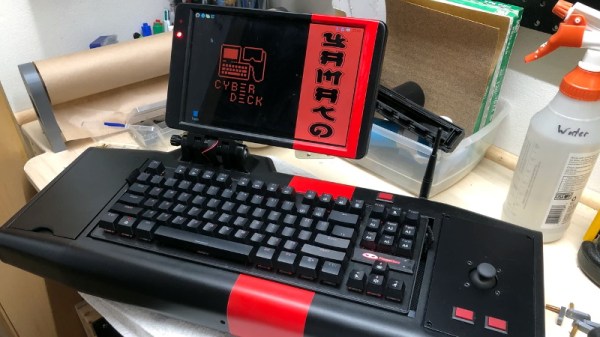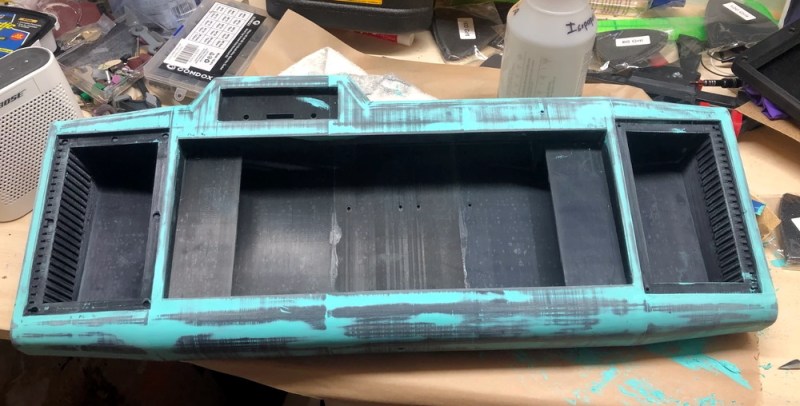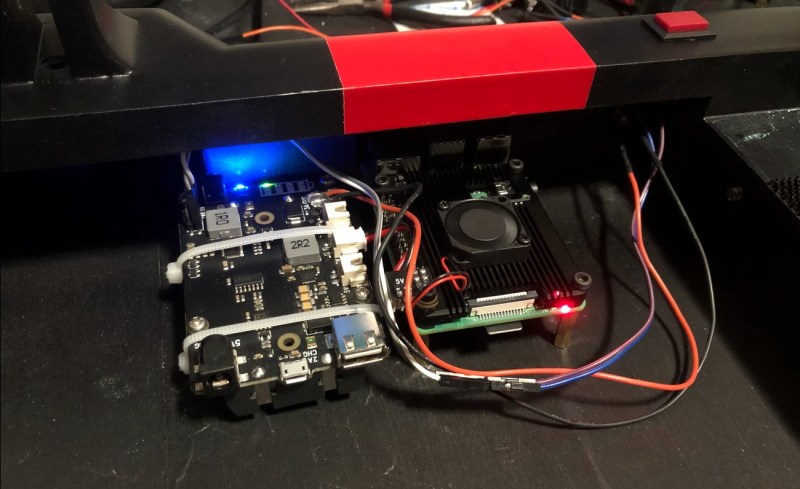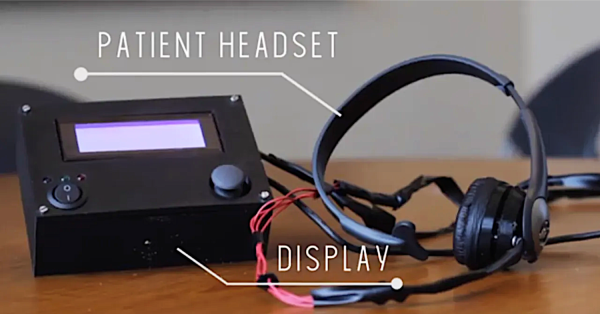Today marks the beginning of the PSoC IoT design contest. Show us your idea for an interesting Internet-connected thing and we’ll send you a dev kit to actually build it.
With the help of Cypress, Digi-Key, and AWS IoT we’ll be sending out your choice of PSoC 6 WiFi-BT Pioneer kit or Prototyping Kit to up to 50 entries just for publishing a great idea of something to build with them. As you guessed from the name, these provide WiFi and Bluetooth connectivity, but they’re also bristling with seven programmable analog blocks the PSoC is known for, and a hundred GPIO. They have prototyping add-ons like a 2.4″ screen for user interface, audio, IMU, capacitive touch, and a heap of other goodies.
You have until May 26th to post a project page on Hackaday.io outlining your idea — don’t forget to use that “Submit project to” button to enter it in the contest. Tells us all about the IoT project you want to build and which PSoC 6 board you plan to use. If your idea is picked, we’ll send you the dev board and you’ll have until August to actually build your idea. Grand Prize will receive a $500 prepaid Visa card, two runners up will each receive a $250 card.
Full details are available on the contest page. We know you’ve always wanted to give your fish a Twitter account, to have a dashboard that shows up-to-the minute stats on how much Boo Berry Cereal you have left, a beacon to give you push alerts when the laundry needs to make its way into the dryer, or perhaps you plan to build a new wave of Internet-connect pagers. Whatever it is, from a silly idea to a truly life-improving build, if it’s begging to spread its data far and wide, it’s a perfect idea for this contest.




















